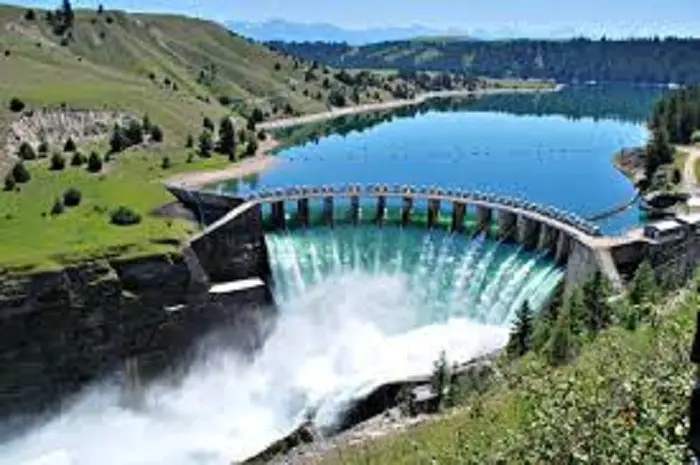Plans are underway to build the long-delayed 2 100 MW hydroelectric plant in a World Heritage site Tanzania famous for its animal populations and variety of wildlife habitats despite strong opposition from environmentalists.
The East African nation considers the project as vital in its bid to diversify its energy mix as part of plans to end chronic energy shortages.
The reserve which Covers 50 000 km2, is one of the largest, most protected areas in Africa; according to UNESCO. It is also well known for its, black rhinoceroses, giraffes, and elephants among many other species.
The President of Tanzania John Magufuli said that he wants the construction of this project to commence as soon as possible and produce an abundant supply of electricity to speed up the development of the country.
Also read:Superhighway construction in Nigeria continues amid environmental fears
Although a statement from his office did not give the cost of the project, it did mention that a team of experts from Ethiopia would arrive in the country to provide advice on its implementation.
Ethiopia has a number of hydropower projects under construction, among them, the renown $4.1BNGrand Renaissance Dam along the Nile River that will produce an average 6 000 MW upon completion.
Authorities in Tanzania however, say that these hydropower projects will ease shortage in a country whose demand for power currently outpaces its supply. Tanzania also aims to add about 2 000 MW in the gas-fired generation by 2018.
According to critics however, construction of a hydropower dam on a major river running through the Selous Game Reserve could affect wildlife and their habitats downstream as well.
The government has previously been overly criticized for granting an Australia-based miner; Mantra Resources to build $ 400 M uranium mine in the same sanctuary despite pressure from environmental groups who were opposing the project because of the effects they think it would have on wildlife.

